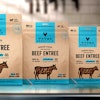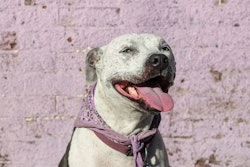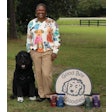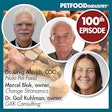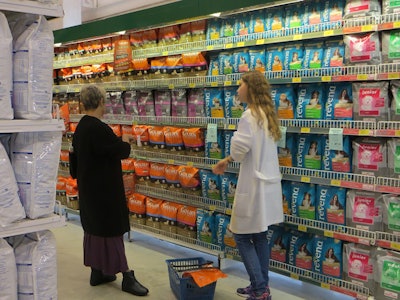
Pet food consumption in Brazil reached 2.66 million metric tons in 2017, a 3.1 percent volume growth compared to the previous year, according to Abinpet, the pet product manufacturer association in Brazil. Value growth cumulated 9.9 percent in current local currency.
Brazilian pet food industry sources have not yet updated market figures for 2018; Abinpet has published market data just through 2017. Yet other press sources suggest the local pet food market achieved a healthy increase in 2018 for the second consecutive year, signifying the industry is extending growth momentum.
Brazil is number two in pet food globally
Brazil is the second largest pet food market worldwide, far behind the U.S. in terms of consumption. China is rapidly emerging as a close follower of Brazil in third place. As reported by official sources, the pet population in Brazil is sizable compared to consumption. The dog population stands at 52.2 million dogs, while there are around 22.1 million cats.
The country has a robust pet food industry that supplies the local market and a few neighboring countries. Exports summed U.S.$210.2 million dollars in 2017, the largest amount in the region despite pet food exports decreasing in the past several years.
Typically, Latin American markets share some common pet food trends. In fact, Brazil is considered a pet-loving country with a market developing dynamically and with further room for growth.
In this context, local industry sources say pet owners prefer to buy pet food products at specialized shops rather than supermarkets. The amount of pet food products bought at specialists is around 5.4 kilograms per visit, while it is just 2.5 kilograms at supermarkets.
Good prospects with obstacles to overcome
In light of the current data on pet food consumption and pet population, prospects for the local market are promising, given the relatively low penetration rates of pet food and production infrastructure. With such conditions, a sound performance of the pet food industry is attainable in the next five to 10 years.
However, the industry must be aware of other variables that may delay development in the coming years. According to Abinpet information, the Brazilian pet food industry faces a harsh taxation scheme with an effective average tax reaching 51.2 percent, which is quite superior compared to the Europe zone with just 18.5 percent.
Price stability and industry-friendly conditions are critical in the context of market premiumization. Local consumers could increase the purchase of regular, premium and superpremium pet food products, to the extent prices continue to be affordable.
